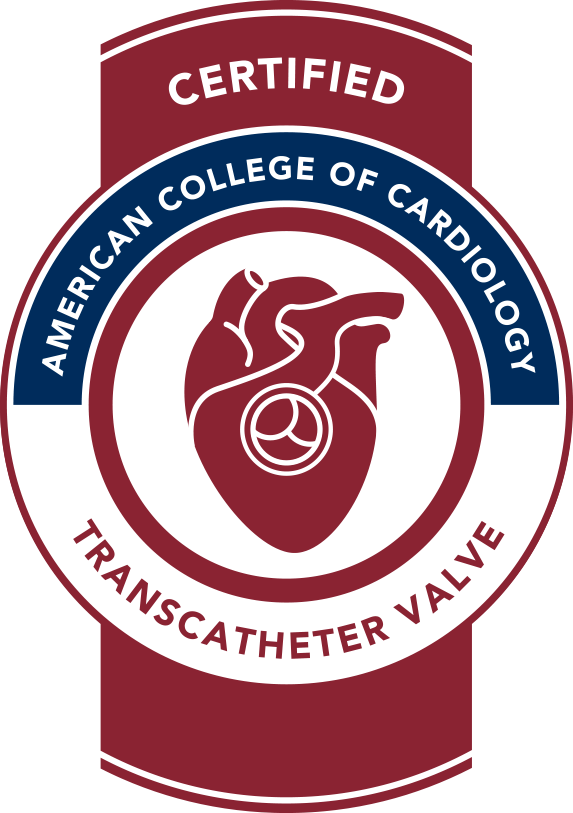Surgeries and Procedures
For heart conditions that need special attention in the form of surgery, East Alabama Health is dedicated to providing each patient with high-quality, compassionate cardiovascular care. The surgeons with Heart and Lung Surgeons of East Alabama perform approximately 350-400 surgeries/procedures a year.
Cardiovascular surgeries we perform:
-
Coronary artery bypass graft (CABG)
-
Heart valve replacement
-
Mediastinoscopy
-
Video-assisted thoracoscopy (VATS)
-
Thoracotomy (lung surgery), including wedge resection, lobectomy, and pneumonectomy
-
Minimally invasive MAZE procedure for atrial fibrillation
-
Transcatheter Aortic Valve Replacement (TAVR)
Transcatheter Aortic Valve Replacement (TAVR)
 East Alabama Health’s heart and vascular teams offer a minimally invasive treatment for severe aortic stenosis, which occurs when the heart’s aortic valve narrows. The treatment, known as Transcatheter Aortic Valve Replacement (TAVR), is a procedure that replaces a diseased aortic valve with a man-made valve. East Alabama Medical Center also holds Transcatheter Valve Certification from the American College of Cardiology.
East Alabama Health’s heart and vascular teams offer a minimally invasive treatment for severe aortic stenosis, which occurs when the heart’s aortic valve narrows. The treatment, known as Transcatheter Aortic Valve Replacement (TAVR), is a procedure that replaces a diseased aortic valve with a man-made valve. East Alabama Medical Center also holds Transcatheter Valve Certification from the American College of Cardiology.
While this procedure was originally used to treat patients who were deemed high-risk for traditional surgical aortic valve replacement, TAVR has also proven to be a successful treatment for intermediate-risk patients.
TAVR is a hybrid procedure done with both cardiac surgery and interventional cardiology. During the TAVR procedure, access is made through the groin, as it is in a normal heart catheterization, instead of cracking the chest bone or making any other surgical incision, which is done in traditional open-heart surgery.
For the TAVR procedure, a catheter is put in through the groin and guided to the heart. A replacement valve is then passed through the catheter and deployed in place of the diseased valve. Once the new valve is in place, the catheter is removed.
Because TAVR is a minimally invasive surgery, it allows patients to recover more quickly than traditional open chest procedures, reduces the risk of surgical complications, and allows patients to go home sooner than traditional open-heart surgery.
